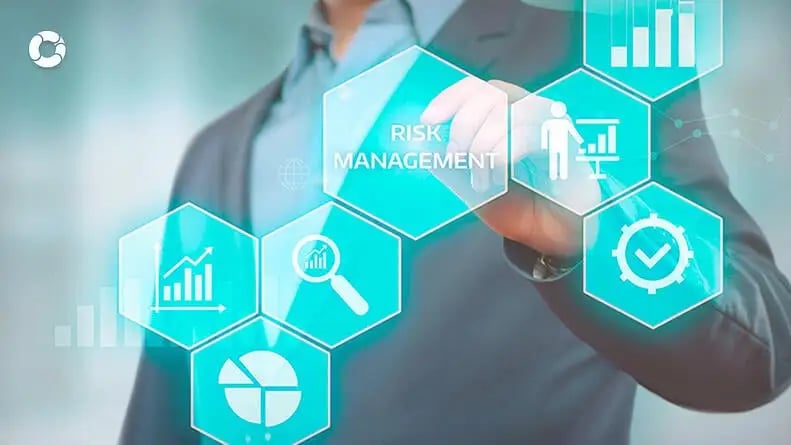Unlocking the True Importance of Risk Management for Long-Term Growth
Unlocking the True Importance of Risk Management for Long-Term Growth
Blog Article
The Significance of Understanding the Value of Risk Management in Various Industries

The Core Concept of Risk Management and Its Objective
Risk Management, the keystone of numerous industries, pivots on the identification, assessment, and mitigation of unpredictabilities in a company atmosphere. By correctly identifying potential risks, organizations can establish strategies to either stop these threats from taking place or reduce their effect. Once dangers have been identified and assessed, the mitigation process involves creating approaches to reduce their possible impact.
Advantages of Implementing Risk Management in Organization Operations

Unveiling the Role of Risk Management in Different Industries
While every sector challenges its special collection of risks, the implementation of Risk Management techniques stays a typical denominator in their search of sustainability and development. In the medical care field, Risk Management entails guaranteeing client safety and data security, while in money, it entails mitigating investment risks and making sure regulative compliance. Ultimately, the role of Risk Management throughout industries is to recognize, evaluate, and reduce threats.
Real-life Study Demonstrating Effective Risk Management
To comprehend the value of Risk Management in these many industries, one can seek to numerous real-life circumstances that illustrate the successful application of these procedures. For example, in the power industry, British Petroleum established Risk mitigation plans post the 2010 Gulf of Mexico oil spill. They implemented far better safety and security Go Here procedures and more stringent regulations which significantly reduced further crashes. Similarly, in finance, Goldman Sachs efficiently navigated the 2008 economic crisis by recognizing potential mortgage-backed protections dangers early. Finally, Toyota, publish the 2011 earthquake in Japan, changed its supply chain Management to reduce disturbance risks. These cases show exactly how industries, gaining from dilemmas, effectively applied Risk Management strategies to reduce future threats.
Future Trends and Developments in Risk Management Techniques
As the world remains to progress, so too do the trends and advancements in Risk Management techniques. Quick innovations in innovation and data analytics are reshaping the Risk landscape. Large information and AI are now instrumental in predicting and reducing threats. Organizations are leveraging these devices to build predictive models and make data-driven decisions. Cybersecurity, once a peripheral concern, has catapulted to the center of Risk Management, with methods focusing on detection, action, and avoidance. The assimilation of ESG (Environmental, Social, Administration) aspects right into Risk Management is an additional expanding pattern, reflecting the enhancing recognition of the function that social and ecological threats play in organization sustainability. Therefore, the future of Risk Management depends on the fusion of innovative technology, innovative approaches, and an alternative technique.
Final thought
In verdict, comprehending the value of Risk Management throughout a range of industries is vital for their longevity and prosperity. Eventually, effective Risk Management contributes to more durable and sustainable companies, highlighting the value of this technique in today's vibrant and highly competitive service atmosphere.
While every sector confronts its special set of risks, pop over to this site the execution of Risk Management methods continues to be a typical denominator in their search of sustainability and growth. In the healthcare industry, Risk Management entails making certain client safety and security and information defense, while in finance, it entails mitigating investment risks and guaranteeing regulative compliance. Ultimately, the role of Risk Management across markets is to determine, assess, and check mitigate threats. These situations demonstrate how industries, learning from crises, successfully applied Risk Management approaches to decrease future risks.

Report this page